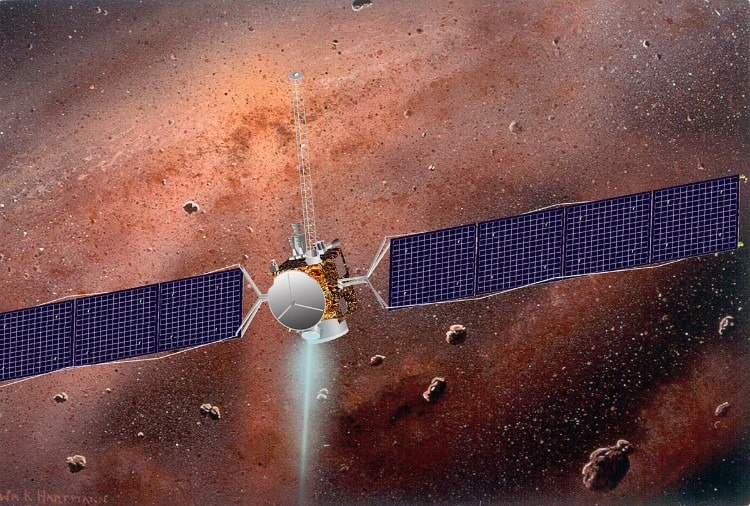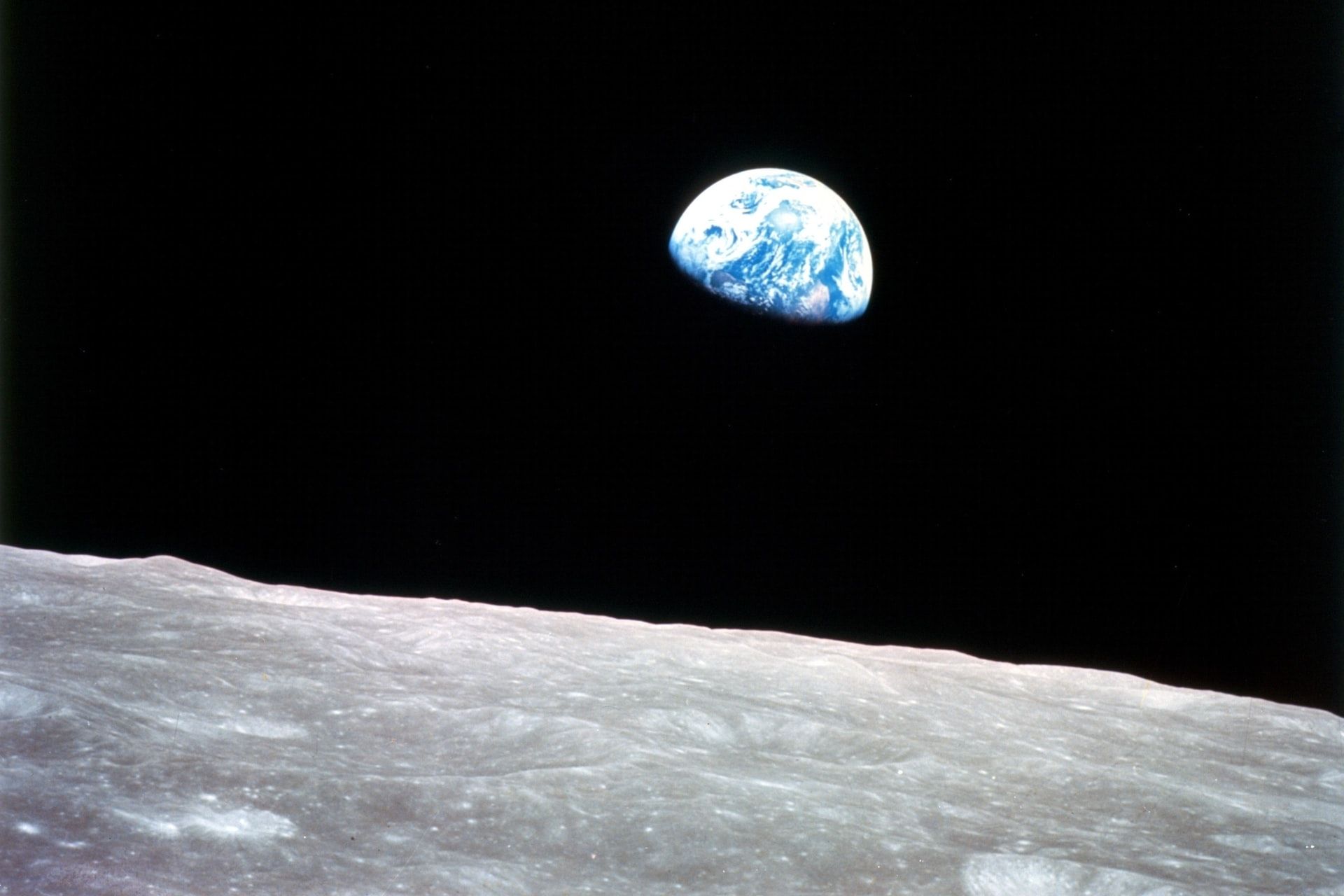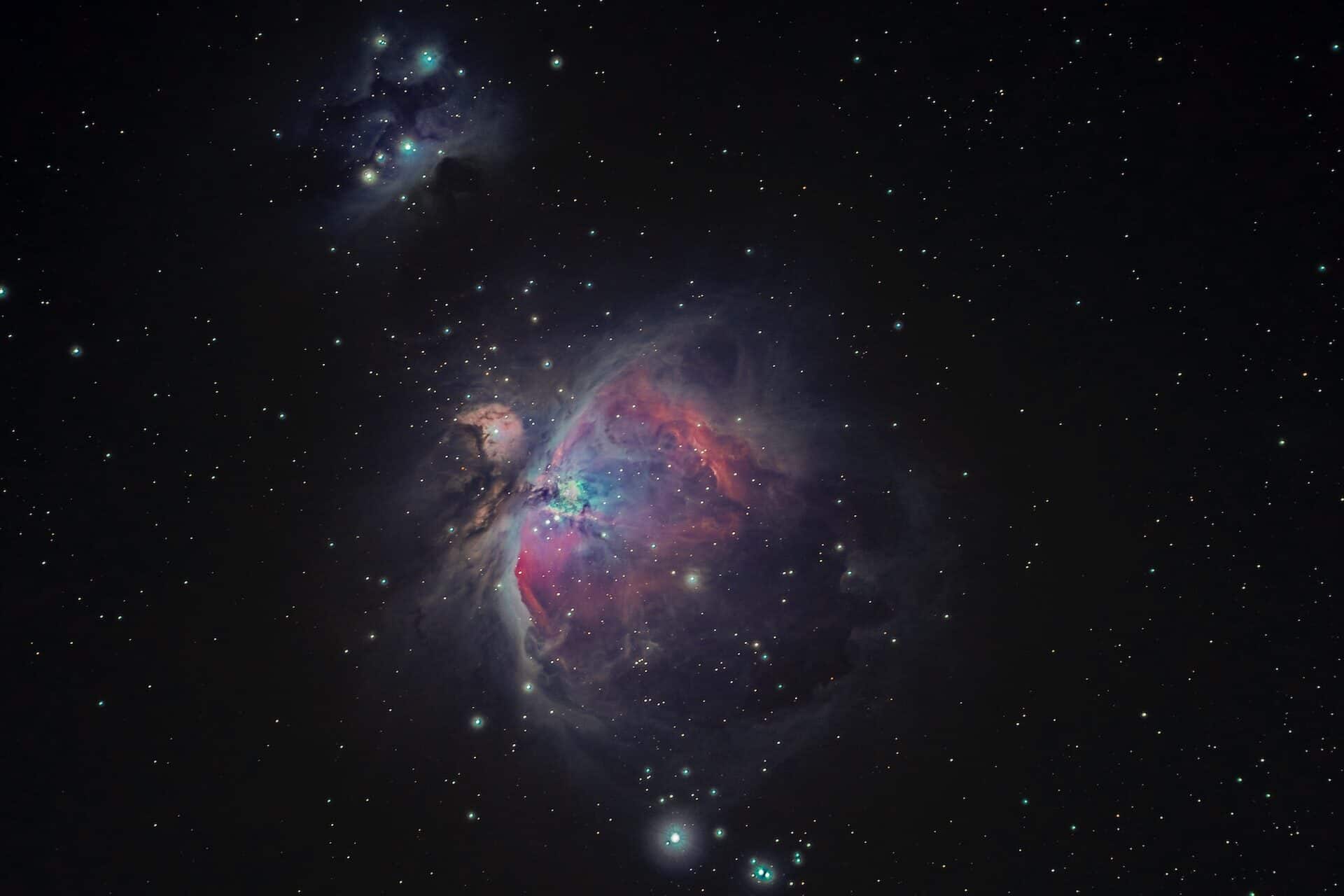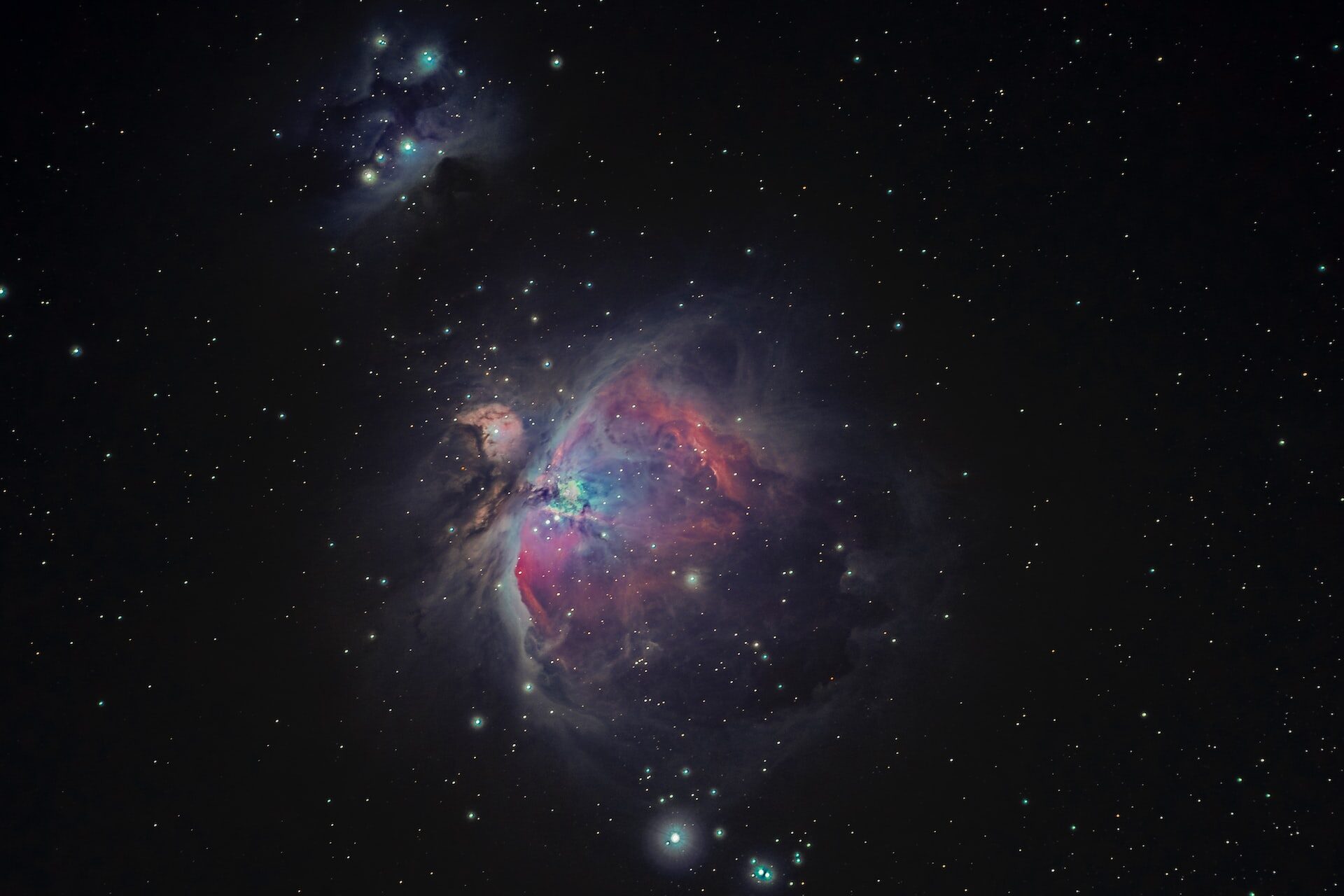
Everything You Need to Know About the Asteroid Belt
June 27, 2019 - Emily Newton
Revolutionized is reader-supported. When you buy through links on our site, we may earn an affiliate commision. Learn more here.
When you look up at the sky at night, all you see is stars and the occasional planet. But our solar system is full of planets, moons and other celestial bodies. Beyond Mars, but before you reach Jupiter, is a belt that circles all the inner worlds. It’s made up of giant rocks known as asteroids. So what do we know about this asteroid belt, and what are we hoping to find in the future?
Where Is the Asteroid Belt?
First, where is the asteroid belt? We already mentioned that it’s between Mars and Jupiter. But just how far away is that?
Depending on where you look, the asteroid belt is between 2.2 and 3.2 AUs away from the sun. One AU (or “astronomical unit”) is the distance between Earth and the Sun, meaning a single AU is equal to nearly 150 million kilometers. The asteroid belt, at 2.2 to 3.2 AUs away, is between 329 million and 478 million kilometers away from our home star.

That also means we’re roughly in the middle between the Sun and the asteroid belt. If we doubled the distance that the Earth sits from the sun, we still wouldn’t quite reach the leading edge of the belt. But we might be close enough to see them with the naked eye. It’d be really cold out there, though!
What’s the Difference?
Asteroids aren’t the only rocks floating around in space, but what is the difference between asteroids, meteors and comets?
Asteroids are pieces of planets that are left over from when our solar system started to form. Instead of pulling together to form a planet of their own, these enormous rocks formed a belt between Mars and Jupiter.
Meteors, on the other hand, are also leftover planet pieces but instead of hanging out in the belt, they move freely around the solar system. They are called asteroids until they come into contact with our atmosphere. Then they become meteors.
Comets, instead of being leftover planet pieces, are the leftover oceans that never made it to a planet. These ice balls orbit the sun, growing their tails when they get close to the heat, and losing them again as they move farther out.
What Do We Know About the Asteroid Belt?
Astronomers discovered the asteroid belt in 1801. The majority of the mass of the belt is contained in four massive asteroids: Vesta, Pallas, Hygiea and Ceres. The first three are over 400 km across, but Ceres is massive, at 950 km. Ceres is large enough to be considered a dwarf planet.
Most illustrations of the asteroid belt picture it as crowded, but that couldn’t be further from the truth. On average, there are 600,000 miles between the largest bodies in the belt, though the smallest asteroids are no larger than a speck of dust.
Asteroids are primarily made of rock and metal, which makes them ideal targets for interstellar mining operations.
Mining Asteroids
NASA is already working toward mining asteroids. Their OSIRIS-REx satellite launched in 2016 and reached an asteroid named Bennu in October of 2018.
The goal of this mission is twofold. First, it’s a proof of concept to demonstrate that we can, in fact, reach an asteroid and land on it. Second, it shows that we can mine an asteroid. OSIRIS-REx is only taking some samples before returning to Earth, but it wouldn’t be much of a stretch to assume we’ll be mining asteroids in the near future.
Close Calls
Sometimes, gravitational shifts or passing comets push asteroids out of the belt toward the inner planets. Most of the time, these floating space rocks pass by without even becoming a blip on our radar. Occasionally, though, they get a little too close for comfort. In 2018, an asteroid came close enough to Earth to concern astronomers, but we weren’t able to spot it until a few hours before it passed our home planet.
Asteroids are difficult to spot until they get close enough to catch the light of the sun. Many of them have dark surfaces that don’t reflect enough light for us to spot until they’re close enough that you’d feel the breeze off of them — if there was any atmosphere in space, that is.
Gazing at the Night Sky
The asteroid belt acts as almost a barrier between us and the outer planets. If we want to explore the solar system, we’ll need to learn to navigate those asteroids as well as use them as mining platforms to supply our ever-growing need for metals and minerals. In time, we could even find a home on Ceres or one of the other large bodies in the asteroid belt, allowing us to explore even farther out into the solar system.
You might not be able to see the asteroid belt from home without a high-powered telescope, but now you know a little bit more about the barrier that stands between us and the rest of the solar system.
Revolutionized is reader-supported. When you buy through links on our site, we may earn an affiliate commision. Learn more here.
Author
Emily Newton
Emily Newton is a technology and industrial journalist and the Editor in Chief of Revolutionized. She manages the sites publishing schedule, SEO optimization and content strategy. Emily enjoys writing and researching articles about how technology is changing every industry. When she isn't working, Emily enjoys playing video games or curling up with a good book.




